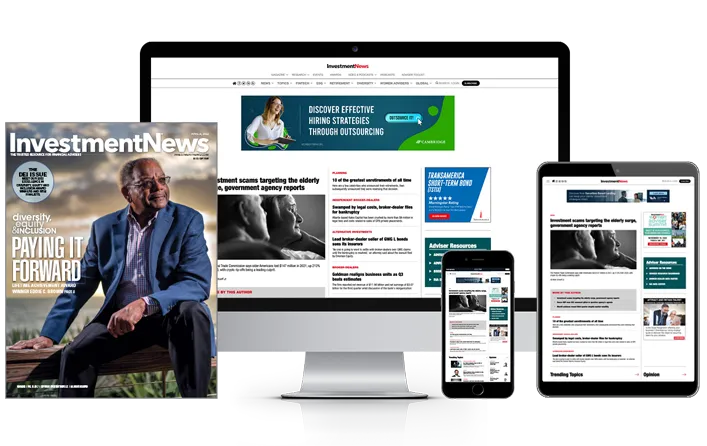President Barack Obama and Congress should focus their efforts on helping students avoid predatory high-interest loans from private lenders.
Instead of pandering to college students and their families by battling to keep interest rates on new subsidized federal student loans from doubling July 1, President Barack Obama and Congress should focus their efforts on helping students avoid predatory high-interest loans from private lenders.
While most federal student loans are capped at 6.8%, it's not uncommon for loans from private lenders to come with variable rates — some starting at 12% or more. With college costs skyrocketing and more students joining the ranks of the unemployed after graduation, regulators and lawmakers are paying close attention to this issue.
Private loans are supposed to bridge the gap between what students and their families can afford to pay out-of-pocket and what is available in the form of federal student loans. Unfortunately, some private lenders — and even some colleges and universities — encourage students to borrow money from private lenders before they have exhausted all the options for obtaining lower-rate loans from the federal government.
Many student borrowers aren't aware of the distinction between federal and private student loans. Indeed, about two-thirds of 6,500 graduate and undergraduate student borrowers, including those who took out both private and federal loans, do not understand the major differences between their private and federal options, according to a recent survey by Young Invincibles, a nonprofit advocacy group that purports to represent the interest of 18- to 34-year-olds.
For student borrowers, many of whom are teenagers, that is a recipe for disaster. Unlike federal loans written after July 2006, private loans typically come with variable interest rates and no legal limit to the rate they may charge.
And unlike the federal government, private lenders tend to be more rigid in terms of repayment options. Few, for example, offer students the ability to defer loan payments for any significant amount of time if they lose their jobs, or allow them to make payments based on their income.
DUMBFOUNDED ABOUT DEBT
While ultimate responsibility for understanding the terms of any debt agreement lies on the shoulders of those assuming the debt, it's clear that the average American — never mind the average teenager — is clueless when it comes to managing debt. Consider, for example, the fact that Americans carry $2.54 trillion in consumer debt, up 17% since 2000, according to the Federal Reserve Board.
Therefore, lawmakers are right to be considering ways to provide more protections to student borrowers and their families.
For that reason, we support a bill introduced in March by Sen. Richard Durbin, D-Ill., and Sen. Tom Harkin, D-Iowa, which would force colleges and universities to counsel would-be borrowers to make sure they took out the maximum they could get in federal loans ($31,000 for a dependent student's undergraduate career) before borrowing from private lenders.
The legislation, which has been dubbed the Know Before You Owe Act of 2012, also would require colleges and universities to inform students about their federal financial aid options and eligibility. And it would compel them to make sure students were aware of the terms and conditions attached to their federal and private loans.
With regard to interest rates on federal subsidized Stafford loans, which are set to jump to 6.8%, from 3.4% — unless Congress intervenes — we urge legislators to look closely at the math.
The implications for student debt of a rate hike are minimal: the White House estimates about $1,000 per student over the life of the loan. That is hardly likely to lead to a wave of dropouts — especially since it affects only how much students have to pay back after they leave college.
It's also worth remembering that the 3.4% rate has been in effect only for the 2011-12 school year and, in fact, was at 6.8% just a few years ago.
Extending the 3.4% rate another year, as Congress is likely to do, would do nothing to improve the plight of student borrowers and their families. More meaningful change is needed.






